Our School History
|
J.
I. Case High School is located in Mount Pleasant, WI, a suburb
of Racine. It is a public school built for grades 10 to 12
with an estimated student enrollment of 2,022.
Built in 1966, J. I. Case High School (Case) was named for
Jerome Increase Case, the inventor of the threshing machine.
In 1966 there was another school, Gifford Junior High School,
in the process of being built for grade 7 - grade 9. Because
Gifford was not completed in time, in 1966 Case became a school
for grades 8 to 12 until Gifford's completion . In 1967 Case
became a school for grades 10 to 12 for the rest of its years.
Case students are divided into three subschools: Green, Gold,
and White. The school mascot is the Eagle. The school colors
of green and gold were chosen after the Green Bay Packers. |
Our
School's Namesake: Jerome Increase Case
Jerome Increase Case (1819-1891) was born in 1819 to a New
York State farming family. As a young child Jerome developed
an interest in agriculture. He took a small, hand-powered
threshing machine from Williamstown, NY to Rochester, WI where
he fixed the machine and established The J I Case Tractor
Company. In 1843 Jerome moved the company to Racine, WI in
order to have better access to water and facilities, where
more threshers could be built and repaired. |
|
| In
1842, Jerome created the J I Case Company. He was later
recognized as the first American to create a steam engine
for agricultural use. |
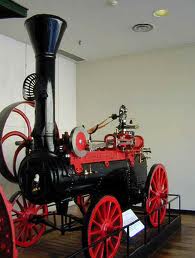 |
Jerome
introduced an eagle logo for the first time in 1865
after a legendary Wisconsin Civil War Regiment's mascot. |
 |
|
In
1863, Jerome sought partnership with three other farmers,
Massena Erskine, Robert Baker and Stephen Bull. These four
would later be nicknamed "the big four" of the farming
industry.
Jerome was also involved in politics, becoming mayor of Racine
three times, and state senator twice. He was also involved
in other endeavors, such as science, arts, banking, and president
of several Racine agricultural associations. Jerome was also
a race horse owner. |
|
In
1890, The J I Case Tractor Company expanded to South America.
By 1895 the Case Company had begun to produce gasoline engines.
In 1904, Jerome had introduced the first all steel thresher
machine. In 1919, the John Deere Company entered the harvester
business. |
|
| The
J I Case Tractor Company evolved into The Case Company as
World War II arrived. The Case Company was involved in the
manufacturing of shells for the United States and allied forces
military, as well as airplane parts for the B-26s, and bombs. |
|
|
| For
the next 31 years, the company went through more globalization,
becoming a well-known company in the agricultural markets
of Australia, Japan, and other places. Many other companies
joined The Case Company during this period. The Case Company
became The Case Corporation and was joined with New Holland
N.V. to become CNH, now CNH Global, in November 1999. |
History
Of Our Mascot |
| Seems Park High
School wasn't the only one who was interested in taking J.
I. Case High School’s mascot “Old Abe.”
Old Abe (1861 – March 28, 1881), a female bald eagle,
was the living mascot of the 8th Wisconsin Volunteer Infantry
Regiment in the American Civil War.
During the Civil War Old Abe was captured in 1861 by Chief
Sky near the Chippewa River, near the town of Jim Falls,
in Chippewa County, WI. She was subsequently traded to local
farmer, Daniel McCann, for a bushel of corn, who in turn
sold her to the 8th Wisconsin's Company C for $2.50.
The Color Guard at Vicksburg - Company C named
|
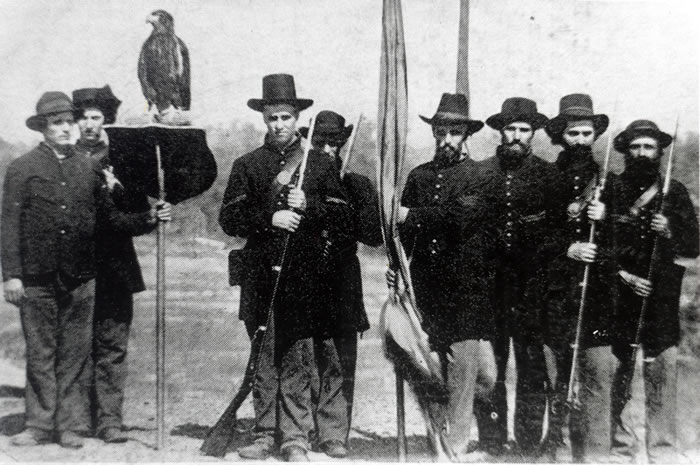 |
| the
eagle after President Abraham Lincoln, and designed a special
perch on which they carried the bird into battle. Old Abe
participated in the Second Battle of Corinth and the Siege
of Vicksburg, among other battles. In battle, Old Abe quickly
became legendary, screaming and spreading her wings at the
enemy. Confederate
troops called her the "Yankee Buzzard" and made
several attempts to capture her but never succeeded. Several
times she lost feathers to bullets and saw her handlers get
shot out from under her. When passing by, Generals Ulysses
S. Grant, William T. Sherman, and William Rosecrans were known
to doff their hats at the eagle. |
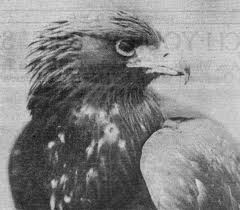 |
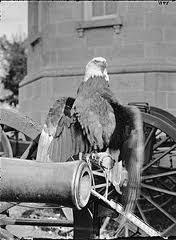 |
In
1864, Old Abe returned to Wisconsin with several veterans
who did not reenlist. Nevertheless, she remained famous
and was invited to, among other events, the 1880 Grand
Army of the Republic National Convention, and the
1876 Centennial Exposition in Philadelphia, Pennsylvania.
When not at public events, her caretaker kept her
in the Wisconsin State Capitol.
After
the eagle's death in 1881, she was mounted and remained
a centerpiece of the capitol. The mount, along with
most of the capitol building, was destroyed by fire
in 1904 |
|
| The
screaming eagle mascot is depicted on the insignia of
the U.S. Army's 101st Airborne Division. |
Old
Abe was also the trademark eagle on the globe of the
Case tractor company.
Look familiar? |
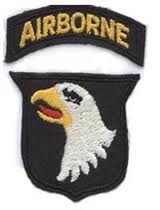 |
|
|
| Old
Abe was adopted as the trademark of the J. I. Case agricultural
equipment manufacturing company in 1865. The trademark was
retired in 1969.
|
In
1968,
J. I. Case Company donates "Old Abe" to J. I.
Case High School. The 1968 senior class painted it green
and gold, the colors of our school.
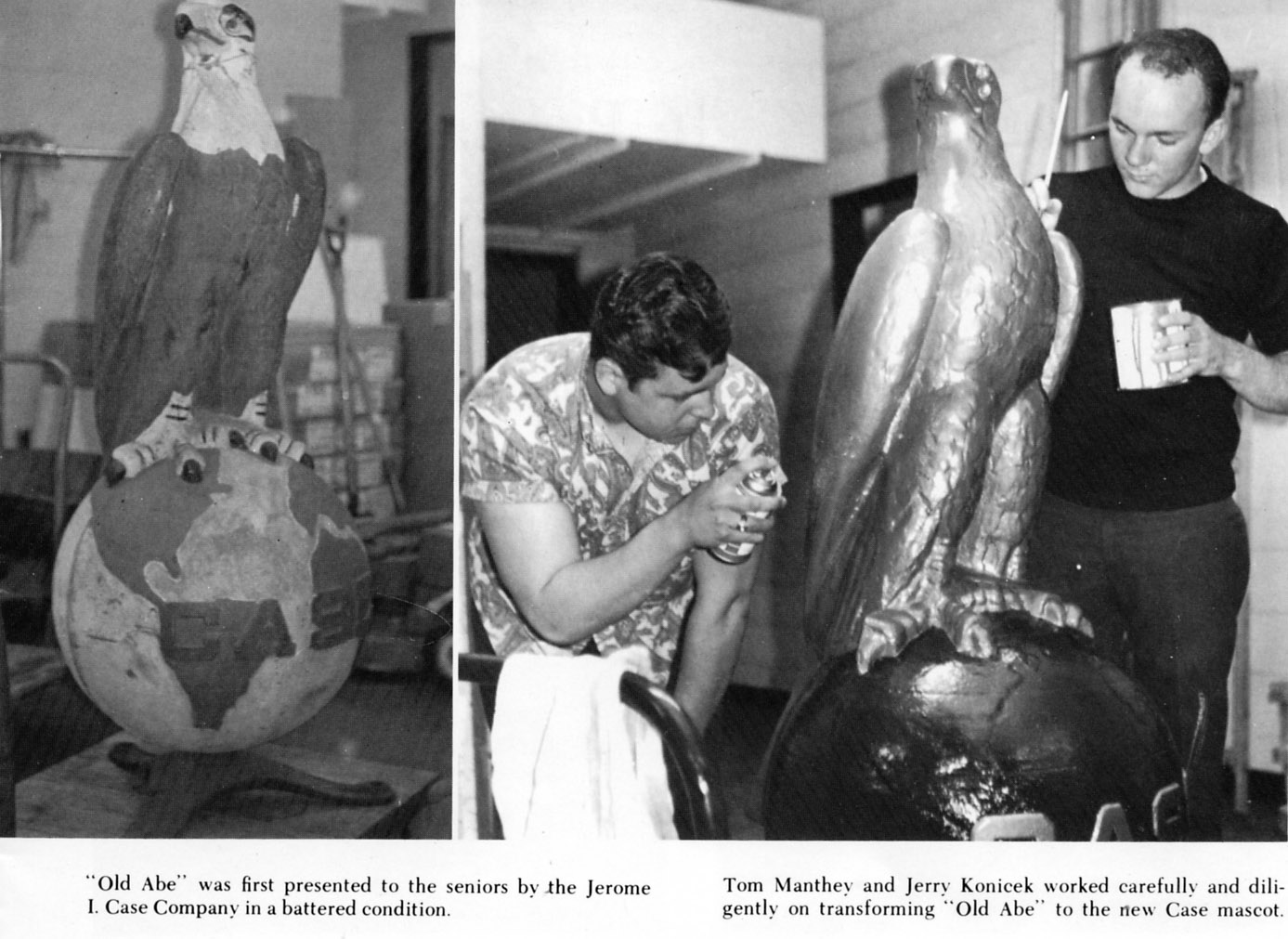 Old Abe is the
mascot of J. I. Case High School, whose athletic team is
known as the "Eagles".
Old Abe is the
mascot of J. I. Case High School, whose athletic team is
known as the "Eagles".
|
|
|
 |



